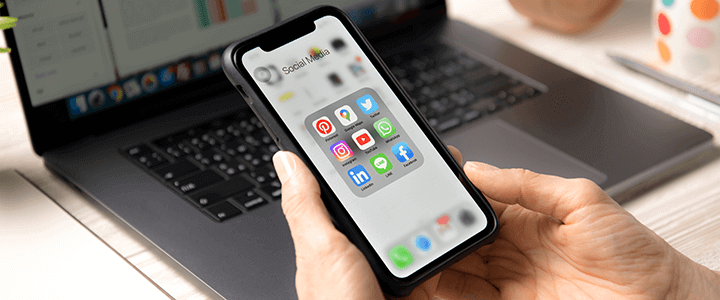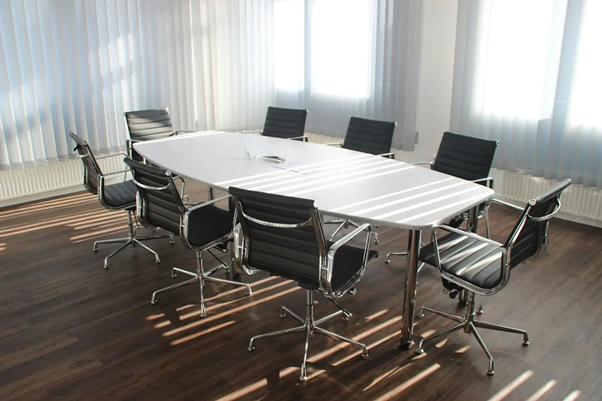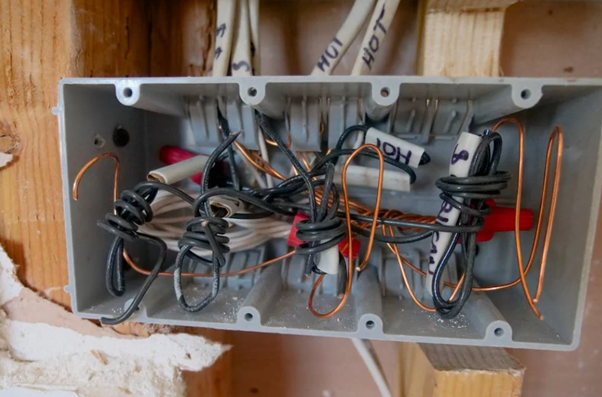Leveraging 3D Printing to Drive Business Innovation
Producing things with 3D printing is an increasingly accessible option, making it appealing to many company owners and staff. The 3D printing benefits to business representatives vary depending on how people apply the technology. Still, those familiar with the options report several frequent advantages that support ongoing innovation and company stability.

Reduce Downtime
When critical machine failures require spare parts to fix, it may take business leaders days or weeks to source the components. However, some have become more proactive by using on-site 3D printers to make the items on demand. That approach returns equipment to commission faster, helping companies minimize the negative impacts.
In one case, a German industrial company created an automated media blasting cabinet that needs specific parts replaced twice per year. Some of its customers use it on 50,000 parts per day, emphasizing downtime’s heavy ramifications. However, this business began offering a digital platform that lets its clients print spare parts on demand. This approach shortened downtime from an average of 14 days to one and even enabled customers to print and update custom components.
Businesses can also use this benefit to decrease their dependence on far-flung suppliers. Geopolitical tensions, pandemics, and long-term raw goods shortages can negatively impact companies of all sizes and types. However, the ability to create parts as needed can minimize or reduce having to order components that could take weeks or months to arrive.
Achieve Desirable Characteristics
Off-the-shelf parts do not necessarily support business innovation if they lack specific essential characteristics or capabilities. Fortunately, 3D printing supports quick customization, equipping designers, engineers, and other professionals with the power to experiment and try various product versions.
Similarly, they can brainstorm the most desirable features and print options on demand. For example, electroplating 3D-printed pieces can increase their wear resistance or suitability for particular applications. This manufacturing method also supports adding hinges, electronics or magnetic sections to products.
Employees who learn to use computer-aided design tools can create and update files as needed before sending them to 3D printers. Such capabilities support companies’ innovation goals and encourage workers to try various possibilities to meet defined needs.
Improve Sustainability
Better sustainability is another of the frequently cited 3D-printing benefits for business managers and others who use it. People appreciate that they can create products that suit precise needs and produce them in exact quantities. Those advantages allow them to cater to customers who need everything from shoe insole supports to one-of-a-kind jewelry.
Some companies even build new revenue models by offering print-on-demand services for people who cannot afford 3D printers. These options reduce waste by ensuring individuals will not purchase inventory that may never sell.
Enterprises even focus on building houses with 3D printing. The construction industry accounts for hundreds of millions of tons of annual waste. However, unconventional methods could reduce that problem. These projects can include recycled materials, further enhancing sustainability.
Increase Efficiency
Most people at all company levels understand the importance of prioritizing efficiency. Achieving that goal can maximize output and support the bottom line. 3D printers can make items in hours rather than days.
Imagine if a client requested a different version of a proposed product or part. Using a 3D printer to make it allows teams to fulfill that need faster, keeping the project on track while proving that the customer made the right choice in choosing that particular business. The associated 3D printing benefits to business operations help employees make the most of their time.
Executives at an oil and gas company realized 3D printing could support their business model by accelerating fabrication time for turbine burner plugs needed at one of its remote locations. Sourcing those parts previously took up to a year and relied heavily on local machine shops. However, leaders developed a cross-functional team to print the parts instead — an option with a lead time of only a few weeks at most.















